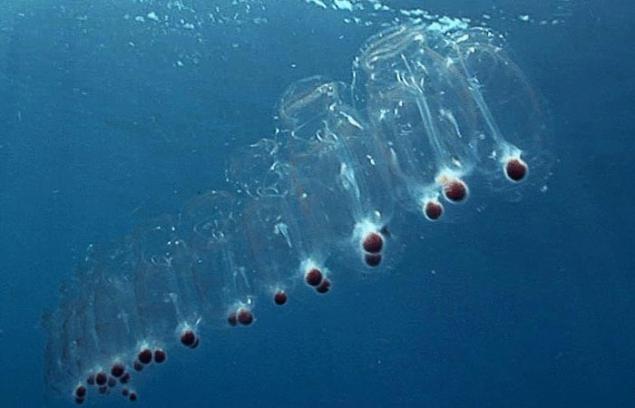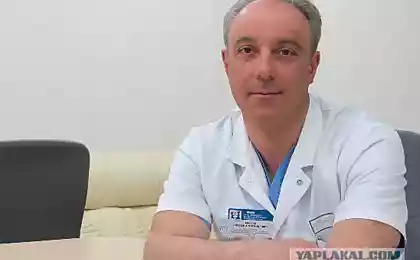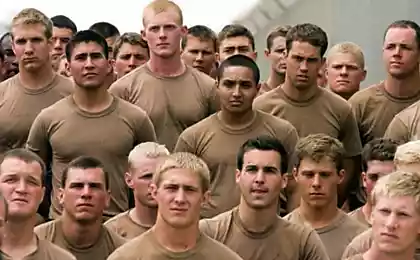490
The simpler the organism the better the chances of survival
Scientists from the Alfred Wegener Institute have found that the simpler a marine organism is structured, the greater the chances for survival it is during climate change.
For the first time biologists studied the relationship between the complexity of life forms and the ultimate limits of their adaptation to a warmer climate. While unicellular bacteria and archaea are able to live even in very warm, oxygen-depleted, water, sea creatures with a more complex structure, animals and plants, reach their growth limits at a water temperature of 41 degrees Celsius. This temperature threshold insurmountable for highly developed metabolic systems.

Biologist Daniela Storch explains: "In this study we tested a hypothesis about how complexity can be the key that determines the ultimate adaptability of diverse life forms, from marine archaea to animals, to different living conditions in the course of evolutionary history. We found that the simpler the structure of the body, the more sustainable it can be."
To check this assumption, the scientists evaluated over 1000 studies on the adaptability of marine life forms. Starting from the simplest archaea, bacteria and unicellular algae to plants and animals. In the end, it became obvious functional principle: the simpler the structure, the more tolerant to heat type of the body. In addition, Storch said, "the Limit of adaptation depends not only on the upper threshold of the temperature but also on its ability to cope with a small amount of oxygen. While many of the bacteria and archaea can survive at low oxygen concentrations or even without oxygen, most animals and plants require a higher concentration of this element of life."
New research results also indicate that the body size of an organism plays a crucial role in the extent of adaptation. Smaller animal species or smaller individuals of a species can survive at low concentration levels of oxygen and higher temperatures than larger animals.
Source: nauka24news.ru/
For the first time biologists studied the relationship between the complexity of life forms and the ultimate limits of their adaptation to a warmer climate. While unicellular bacteria and archaea are able to live even in very warm, oxygen-depleted, water, sea creatures with a more complex structure, animals and plants, reach their growth limits at a water temperature of 41 degrees Celsius. This temperature threshold insurmountable for highly developed metabolic systems.

Biologist Daniela Storch explains: "In this study we tested a hypothesis about how complexity can be the key that determines the ultimate adaptability of diverse life forms, from marine archaea to animals, to different living conditions in the course of evolutionary history. We found that the simpler the structure of the body, the more sustainable it can be."
To check this assumption, the scientists evaluated over 1000 studies on the adaptability of marine life forms. Starting from the simplest archaea, bacteria and unicellular algae to plants and animals. In the end, it became obvious functional principle: the simpler the structure, the more tolerant to heat type of the body. In addition, Storch said, "the Limit of adaptation depends not only on the upper threshold of the temperature but also on its ability to cope with a small amount of oxygen. While many of the bacteria and archaea can survive at low oxygen concentrations or even without oxygen, most animals and plants require a higher concentration of this element of life."
New research results also indicate that the body size of an organism plays a crucial role in the extent of adaptation. Smaller animal species or smaller individuals of a species can survive at low concentration levels of oxygen and higher temperatures than larger animals.
Source: nauka24news.ru/























